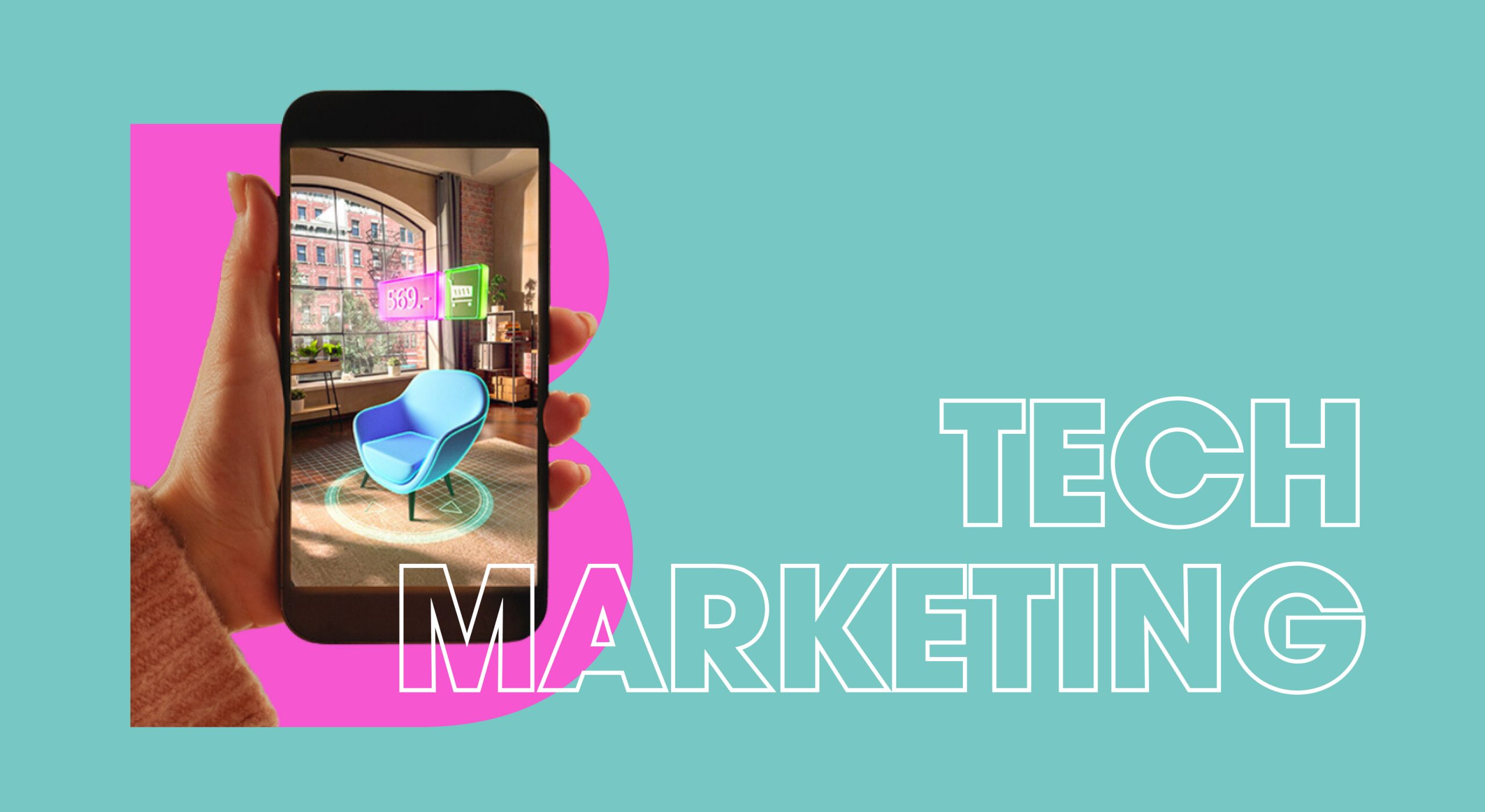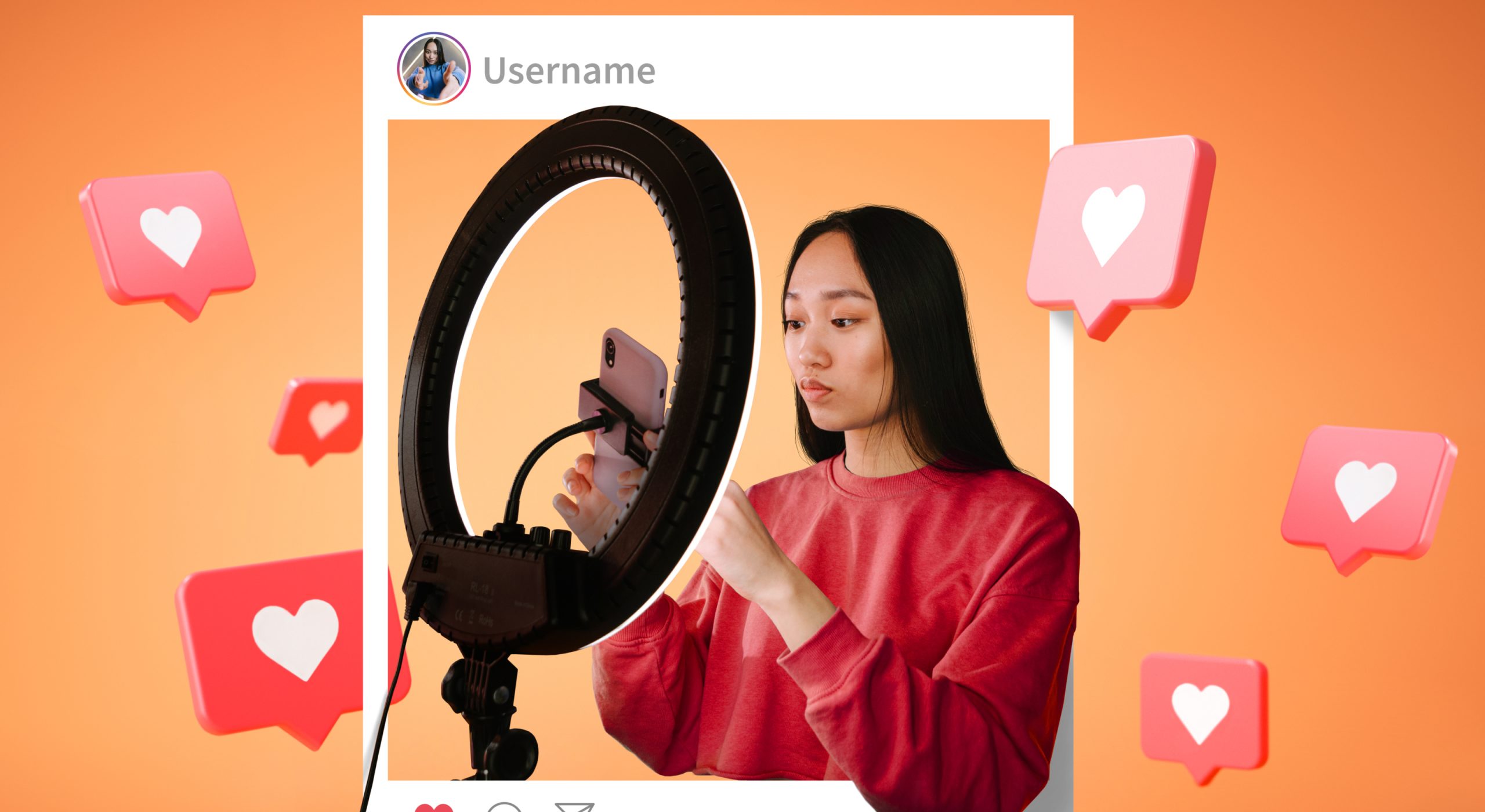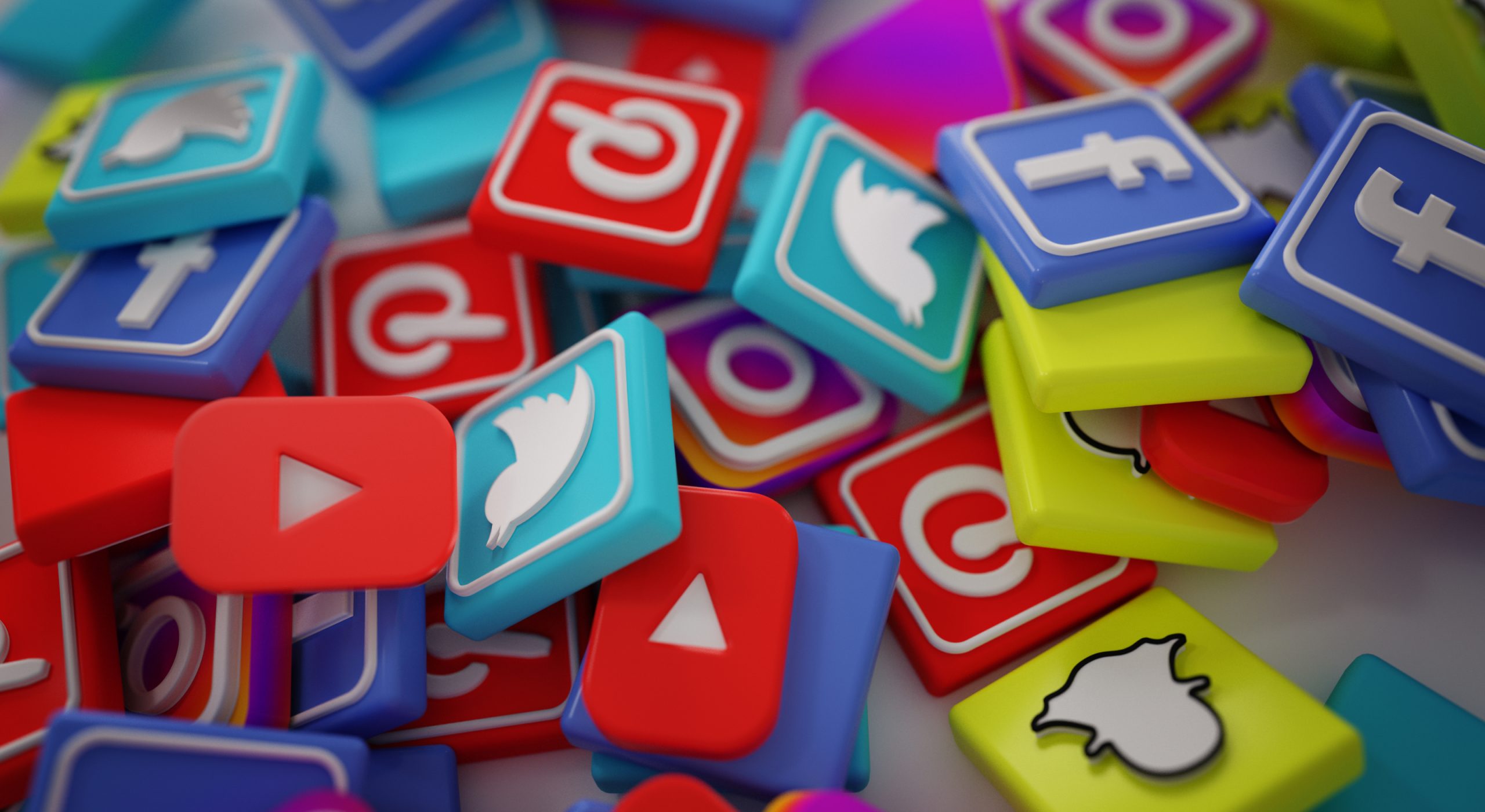With all the emerging kinds of influencers in the world today, there’s one we forget to acknowledge: mothers. They’re the “superheroes of influence,” quietly shaping their family’s world AND shopping preferences.
#Momfluence
Speaking of influence, here are some tasty bits of news and hacks to help you navigate the world of influencer marketing:
- Dark influencer marketing 🎭
- Omnichannel strategy to pair with your marketing tactics 🤝
- Mega vs. micro-influencers ⚖️
- Must-try micro-influencer platforms 🤳

BLACK MARKET
Teaming up with a famous Internet personality seems like a surefire way to get your brand in front of the right eyes. That’s why the influencer marketing industry has reached a jaw-dropping $21.1 billion in 2023. What’s more, projections suggest we're looking at $24 billion by the end of 2024.
Impressive, right? But Business Insider thinks there’s something you should see behind these numbers:
💣 The dark truth
- Call for regulation. Researcher Emily Hund argues that the influencer industry desperately needs regulatory checks. The lack of it has allowed unethical practices, such as ad fraud, discrimination, and unfair business tactics to flourish within the industry.
- It’s a gamble. David Camp, co-founder of Metaforce, points out that influencer marketing is just celebrity endorsements with a digital makeover—only more risky because:
- It lacks oversight and predictability, leaving brands with uncertain returns on their investment.
- Fraudulent influencers can fool brands by inflating their metrics, costing them billions and tarnishing the effectiveness of this marketing approach.
❔ As brands grapple with the fallout of ad fraud and ethical lapses, the path forward remains uncertain. With the increasing calls for regulation, let’s hope to see change on the horizon.

TOGETHER WITH WALMART MARKETPLACE
The best omnichannel strategy to complement your marketing tactics
Tired of limited reach and high fees?
It's time to tap into millions of eager customers with Walmart Marketplace!
For a limited time, new sellers on Walmart Marketplace get:
- Up to 50% off on referral fees for three months;
- Up to 50% off on Walmart Fulfillment Services*; and
- Instant access to powerful sales tools like advertising and competitive pricing!
Be the next success story on Walmart.com!
How did Miko grow by 115% GMV in just one year?*
By leveraging the 2-day shipping of Walmart Fulfillment Services to increase GMV by 1573%* on items that did not previously have 2-day shipping!
Ready to be the next Miko? Start selling now and get up to 50% off on referral and fulfillment fees.**
Unlike other platforms, Walmart Marketplace offers:
- ZERO monthly or setup fees
- Unmatched transparency—clear, competitive fees with no hidden costs.
- The unique omnichannel advantage that lets you tap into millions of customers across their online and physical stores.
Sign up today and claim your exclusive savings!
*Source: Walmart first-party data, 2021-22

BITES OF THE WEEK
- Event Teasers: Here's what you'll learn this June at The Influencer Marketing Show.
- AI Love: A recent study showed Gen Zs prefer brands with AI influencers.
- Tiny but Mighty: These brands work with micro-influencers—and are winning brilliantly!

BIG IDEA
Mega or micro-influencers: Which can grow your brand faster?
As the influence of influencers continues to rise (pun intended), the question now isn’t whether influencer marketing holds genuine value—it does. It’s where to splash your marketing dollars. 💲
Generally, there are 4 options to choose from: mega, macro, micro, and nano influencers. Today, we’ll tackle two of the most commonly used variations according to Knowledge at Wharton: mega and micro-influencers.
🥊 Mega vs. micro
One article used a data-driven approach to answer which of the two can better maximize brand exposure and sales. Here’s the summary:
Mega influencers:
- Main pro: wider reach due to their pre-existing fame and prominent social media presence (examples: Kylie Jenner, Cristiano Ronald, and PewDiePie). Mega-influencers are ideal for gaming niches.
- Main cons: high costs, lower engagement rate per follower, and less targeted reach
Micro-influencers:
- Main pro: stronger, more engaged communities (examples: Alina Gavrilov and Russ Crandall). Micro-influencers, especially with 7,500 to 10,000 followers, are ideal when authenticity is paramount.
- Main cons:limited reach and content quality issues
👀 Something to keep an eye on
The article also shared one metric you can use to measure an influencer's impact relative to their follower count: follower elasticity of impressions (FEI). Sounds intimidating, but it’s basically just the bang for your buck.
As an influencer's popularity skyrockets, their FEI tends to plummet. This means you're not necessarily getting what you pay for with those big-name endorsements. The intimate connections of micro-influencers often trump star power, except if you’re running a contest (the famous ones will most likely win).
💭 What’s the bottom line?
While influencer marketing is still finding its feet, there’s definitely potential for growth.
Is influencer marketing worth it? With the right strategy and a healthy dose of skepticism, it just might be.

SOCIAL PULSE
3 micro-influencer marketing platforms to try in 2024
Micro-influencers may not boast massive follower counts, but they excel in engagement and authenticity. Their smaller audience values their recommendations like gold. ✨
If you're looking to invest in micro-influencer marketing, check out these 3 handpicked platforms from Influencer Marketing Hub's list:
1. Upfluence
Best for: Businesses and brands of all sizes
Pricing: Starts at $478, with flexible subscription models
Upfluence is an AI-powered micro-influencer platform that matches influencers with your brand and offers features like automatic promo code creation. With thorough tracking and analytics, Upfluence boosts ROI and influencer effectiveness—both of which are vital for influencer and affiliate marketing.
2. LTK (formerly rewardStyle)
Best for: Ecommerce brands of all sizes
Pricing: Starts at $417/month (paid annually at $5,000)
LTK connects brands with creators globally based on performance metrics to streamline collaboration. Abercrombie & Fitch, one of their clients, enjoyed a 56% yearly sales boost and reached 3.9 million customers. 📈
3. Insense
Best for: Medium and large-sized brands and companies
Pricing: Starts at $400/month, with options to save by paying annually
Insense is your go-to platform for creating top-notch, tailor-made content. The centralized dashboard simplifies campaign management, and their commitment to customer service ensures a smooth experience.
No matter what type of marketing it is, authenticity is king. And because micro-influencers are the reigning authenticity champs in influencer marketing, collaborating with them through these platforms could be your best shot at amplifying your brand's voice. 🔊








